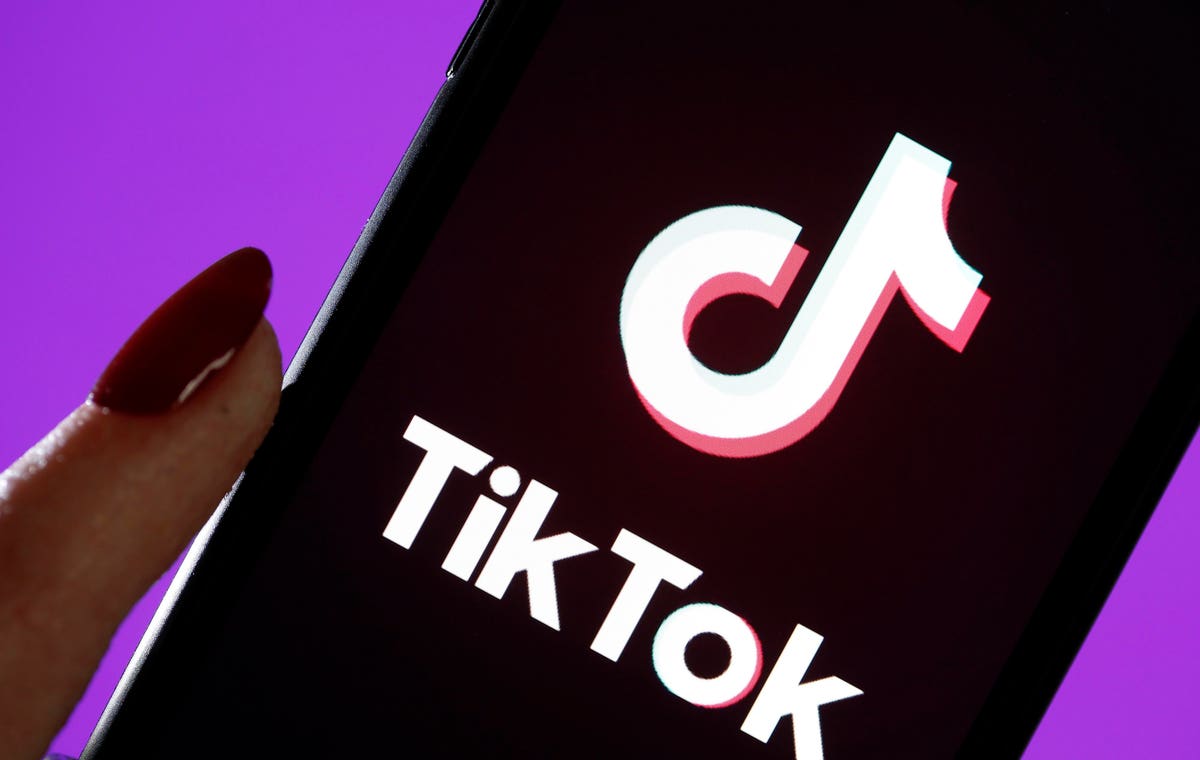On Tuesday, TikTok debuted the new program TikTok Shop. Users are now able to purchase products directly through the app.
The social media giant had been teasing the program for months while also building an affiliate program. The company has been testing the shop in different formats and regions since last November.
“TikTok Shop empowers brands and creators to connect with highly engaged customers based on their interests, and it combines the power of community, creativity, and commerce to deliver a seamless shopping experience,” TikTok said in a release.
“With community-driven trends like #TikTokMadeMeBuyIt inspiring people to discover and share the products they love, TikTok is creating a new shopping culture,” wrote the company. “TikTok Shop will now bring shoppable videos and LIVE
IVE
TikTok Shop is not TikTok’s first push into the e-commerce space. TikTok partnered with Shopify in 2021 to introduce an e-commerce program. However, the program is being phased out with the launch of TikTok Shop. Similarly, YouTube partnered with Shopify, starting its creator program in 2022.
However, TikTok Shop will be more far-reaching regarding e-commerce integration. TikTokers will be able to tag products for users to buy in-feed and during live videos. Brands can also make product portfolios that can be accessed from their pages. These features accompany a dedicated shop tab on the home feed, shoppable ads, and their affiliate program. The affiliate program connects sellers to creators on a commission basis. The most unique program may be the “Fulfilled by TikTok” function, which provides logistics solutions, including packing and shipping services, meaning TikTok will send products directly to consumers.
The program has unique features from some other social media e-commerce markets. However, changing the approach to social media e-commerce may be necessary since other platforms have had difficulties integrating, especially live e-commerce. Instagram stopped their livestream product tagging and shopping. After incorporating it in a redesign, they also removed their shopping tab on the navigation bar. Facebook also stopped its live shopping initiative.
TikTok Shop may be more similar to Amazon
AMZN
While the shop feature has only begun to roll out, the potential for success is high. TikTok boasts over 150 million American users with over 5 million business accounts. In June, Bloomberg reported that TikTok had set a goal for global e-commerce business to hit “as much as $20 billion in merchandise sales this year.” TikTok has also been a place where companies can blow up, especially small ones.
The question remains: how will users interact with the shop in the coming months? During the initial rollout of certain Shop features and tests, many users took to their feeds to complain about the amount of ads on the platform. TikTok creator Noah Glenn Carter posted a video in May to his over 7 million followers saying, “TikTok Shop is running everyone’s For You page,” citing that the algorithm pushed too many ads. However, he recognizes that the ads had tapered off since the peak. Other creators made similar complaints in the lead-up to the full shop launching.
Users will have to decide if TikTok Shop will succeed as an e-commerce model; however, TikTok is prime to make inroads into a space that has been difficult for other social media brands.
Read the full article here





